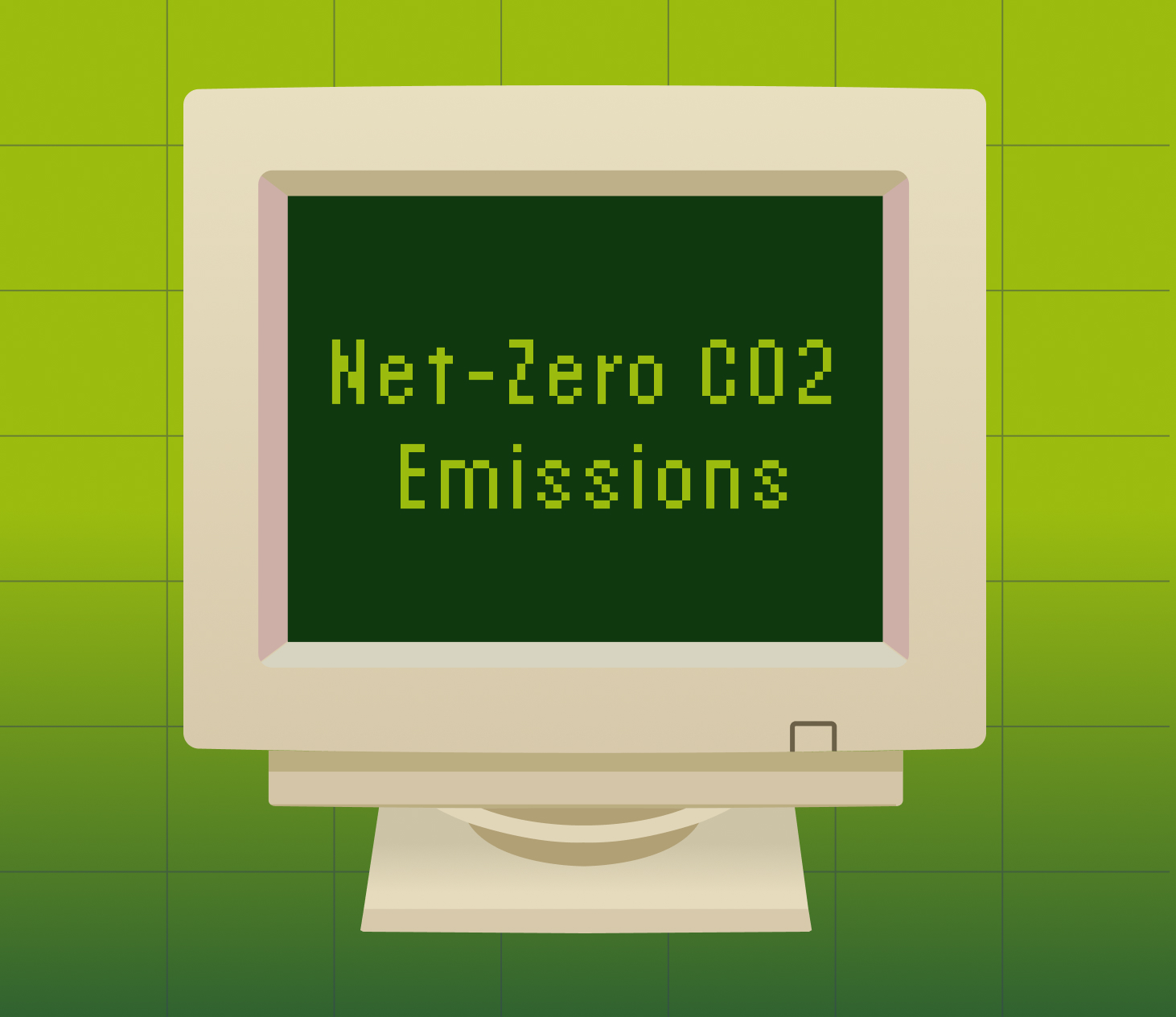
At Simple Thread we want to do our part to fight climate change and to make our world a cleaner place by making a commitment to have Net-Zero CO2 emissions by 2050 (we plan to hit this much much sooner, but 2050 is the standard target used by many organizations and governments).
Why Us, Why Now?
Now you might be thinking, “you all are just a small consulting company, not some big oil company, why would you bother with this?” And to be honest, we thought this way for a long time as well. Most of the greenhouse gas emissions are traceable back to large corporations, but the reality is that every decision we make as a small company ends up as greenhouse gas emissions in some other companies’ operations.
Every package we order is gas in someone else’s truck, every computer we buy is raw materials in a vendor’s supply chain, every mile we fly is jet fuel burned, and these things all add up.
If every small business committed to making decisions that are more sustainable, it would have a massive impact. We want to be a part of this, and we wanted to do it in a way that was based on hard science. So we worked with the Science Based Targets initiative (SBTi) to get a better understanding of our current greenhouse gas emissions and to create a science-based plan for net-zero emissions by 2050.
SBTi uses three standard scopes to measure CO2 emissions:
- Scope 1: Direct emissions from company-owned assets, such as cars, diesel generators, gas boilers, and air-conditioning leaks.
- Scope 2: Indirect emissions created when purchasing energy from a utility, for heating, cooling, and electricity.
- Scope 3: Indirect emissions from purchased goods and services, both up and down stream. This includes distribution and transportation of purchased goods as well as business travel.
Because of our type of business, and the fact that we are mostly remote and sublease office space, we don’t have direct Scope 1 or 2 emissions. All of our emissions come from purchased goods and services that we use.
By going through SBTi’s process we found that we were currently responsible for about 84.9 tons of CO2 per year. While this is just a tiny fraction of the 37 billion tons of CO2 released last year, there are 33 million small businesses in the United States alone. Together it can really add up!
Visualizing A Tonne
84.9 tons of CO2 likely doesn’t mean a lot to you, and if you’re like 99.999999% of the population who isn’t accustomed to using the metric system to measure the weight of gasses, a metric ton (tonne) weighs 2,204.62 pounds. It can be hard to visualize how much gas you’d need to register just a single pound, but since the atoms that make up carbon dioxide do have a measurable weight, with enough molecules of any gas you can get there.
To visualize a ton of CO2 (pretty hard for an invisible gas!), just imagine filling a 2000 square foot home with it, at sea level, on a 59°F day, and you would have about one metric ton of carbon dioxide.
Our goal is to eliminate or offset all of our emissions, which is done by eliminating or changing the activities that put CO2 in the air in the first place. Here are some examples of activities that would produce an 84.9 tonne CO2 equivalent:
- Charging 5,607,730 smartphones.
- Burning 9,553 gallons of gas.
- Driving 217,137 miles.
- Using 1.1 tanker trucks’ worth of gasoline.
- Providing electricity to 16.8 homes for a year.
To add a bit more perspective, the Nature Conservancy states that the average American is responsible for about 16 tons of CO2 per year, with almost half of that coming from travel and home energy.
According to the EPA, we could offset this same amount of CO2 if we could recycle 4.2 garbage trucks of waste instead of putting them in a landfill, or if we grew 1,405 seedlings into trees over 10 years, or if we could run a single wind turbine for just 8 days.
Science-Based CO2 Reduction Strategies
CO2 emissions can be reduced simply by lowering the amount of carbon dioxide that’s released into the atmosphere for company related activities. Using science-based strategies places a measurable figure to track the effectiveness of the strategy, ensuring net-zero emission can be achieved.
For example, about 240kg of fossil fuels are burned to produce a desktop computer and screen. The exact composition of the fossil fuel being burned will influence the CO2 output, but on average 3.15kg of carbon dioxide are created for every kg of fossil fuel burned. That means buying a single workstation puts about 756 kilograms of carbon dioxide into the atmosphere.
This is unavoidable, as we need computers to do our jobs. But extending the life of a computer from two to four years will decrease 50% of the environmental footprint, as 80% of the carbon footprint is created during manufacturing.
Here are some other ideas:
- Reducing travel — we’re already a virtual company, but giving employees an additional remote workday can make a big impact.
- Consolidating shipping – buying more things together so that you receive less individual deliveries.
- Buying from companies focused on sustainability.
- Repairing equipment – focus on repairing equipment instead of just replacing it.
- Encouraging employees to do less printing, and recycle the paper we do use.
- Programs to help employees offset their own emissions.
- Offsetting CO2 production through Voluntary Carbon Standard certified projects.
If you run a company, consider checking out the Science Based Target initiative website to join us in committing to net-zero emissions by 2050!
Loved the article? Hated it? Didn’t even read it?
We’d love to hear from you.
